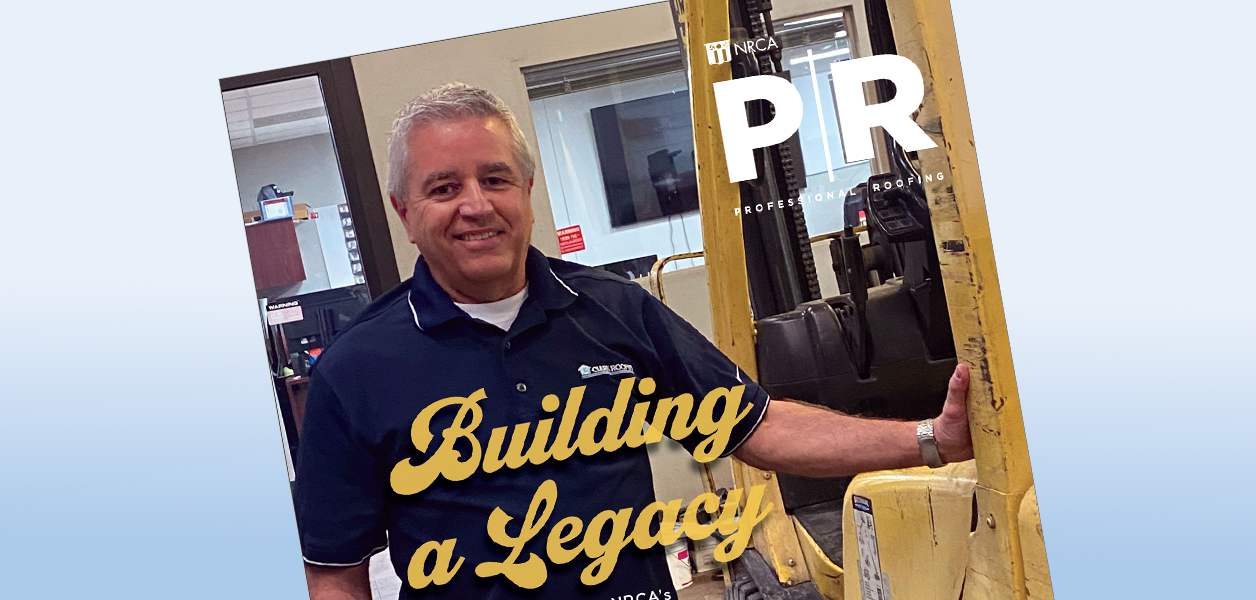The Occupational Safety and Health Administration reports 50% to 70% of most outdoor fatalities occur during the first few days of working in warm or hot environments. As warmer weather approaches, construction leaders must develop and employ plans to address heat risks and keep workers safe on job sites.
For Construction Pros offers the following six tips to help leaders protect workers from heat illness.
- Know the regulations and resources. OSHA offers a National Emphasis Program to protect workers from heat illness and injuries, which includes OSHA conducting periodic heat-related workplace inspections. Construction leaders are encouraged to review OSHA’s criteria for a recommended standard and take advantage of OSHA’s on-site consultation program to help improve safety programs on job sites.
- Assess the risk. Employers can monitor the environment using the Wet Bulb Global Temperature Index, OSHA-NIOSH heat safety app or National Oceanic and Atmospheric Administration heat index chart. Employers can also screen workers for heat intolerance.
- Limit exposure. As temperatures and humidity increase, leaders can consider modifying work/rest schedules, shortening work periods and adding extra workers to reduce exposure. Encourage workers to cool down in a cool, shaded or air-conditioned area; provide buckets of ice to help them cool down; and recommend workers wear light, breathable clothing.
- Acclimate. Develop a plan to acclimatize workers to outside conditions. Outline how to supervise new employees during this time and how to determine whether they are fully acclimatized. Acclimatization requires careful planning and flexibility.
- Encourage hydration. Supervisors should estimate how much water will be needed, decide who will monitor water supplies, and remind workers to take water breaks after being in the heat for two hours. Provide electrolyte-replenishing beverages and water near every worker, as well as adequate, convenient toilet facilities.
- Provide cooling personal protective equipment. Employees can consider using evaporative bandanas, towels and pop-up canopies. Bandanas and towels can be soaked in cooling water for a couple of minutes and handed to workers at cooling stations throughout the day. Have ice packs on hand so a worker can be cooled down fast in an emergency.





